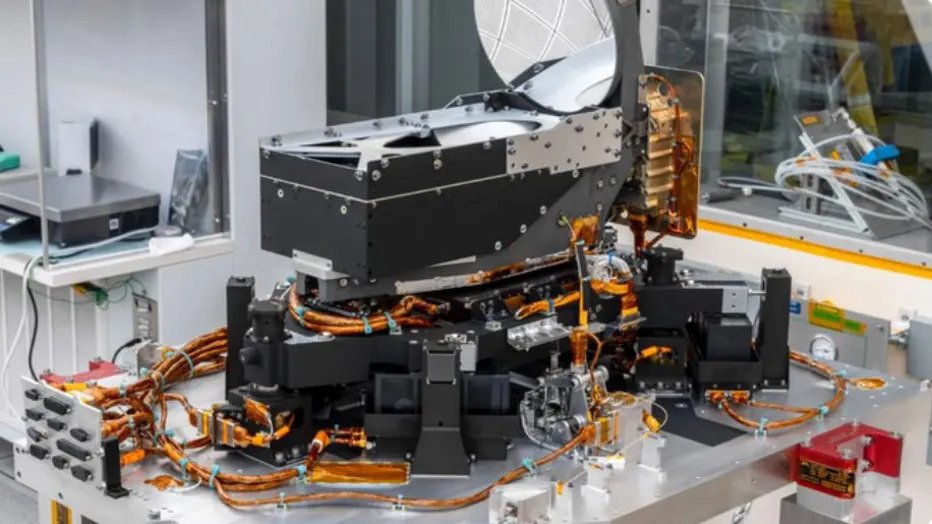Laser Beam Message Received On Earth From 10 Million Miles Away
Laser beam message received on Earth from 10 million miles away as NASA achieves a milestone in space communication after using laser technology to transmit messages across a distance of almost 16 million kilometers (10 million miles), which is 40 times farther than the Earth's Moon.
Author:Paula M. GrahamReviewer:Hajra ShannonNov 23, 20231.1K Shares35.8K Views

Laser beam message received on Earth from 10 million miles awayas NASA achieves a milestone in space communication after using laser technology to transmit messages across a distance of almost 16 million kilometers (10 million miles), which is 40 times farther than the Earth's Moon. This marks the first time optical communications have been successfully established over such a vast distance.
Traditionally, radio waves have been employed for communicating with distant spacecraft, but the recent test, known as 'first light' in NASA's Deep Space Optical Communications (DSOC) experiment, demonstrates the potential of using higher frequencies of light, such as near-infrared, for significantly increased bandwidth and data speed. This advancement is crucial for enabling high-definition video messages to be sent to and from Mars with minimal delay.
"Achieving first light is one of many critical DSOC milestones in the coming months, paving the way toward higher-data-rate communications capable of sending scientific information, high-definition imagery, and streaming video in support of humanity's next giant leap," saysTrudy Kortes, who is director of Technology Demonstrations at NASA Headquarters.
The technology utilized in deep space communication builds on the familiar optical fibers we rely on for high-speed terrestrial communications. Adapted for deep space, it enhances existing methods of relaying information back to Earth.
By leveraging infrared light, engineers can efficiently transmit its waves in the form of lasers. While this doesn't increase the speed of light, it does confine and streamline the beam into a narrow channel. This approach demands less power compared to the dispersion of radio waves and provides a more secure and challenging interception method.
Achieving this feat is no straightforward task. Encoding data bits in the photons emitted by the laser involves the use of sophisticated instruments, including a superconducting high-efficiency detector array, to prepare and translate information for transmission.
Real-time adaptation of the system's positioning configuration poses another challenge. In the recent test, it took approximately 50 seconds for the laser photons to travel from the spacecraft to the telescope, and both were in motion through space during this process.
The laser transceiver responsible for establishing the connection is located on the Psyche spacecraft, which is currently engaged in a two-year technology demonstration mission headed for the asteroid belt between Mars and Jupiter. During the test, it successfully communicated with the Hale Telescope at the Palomar Observatory in California.
Scheduled for a fly-by around Mars, Psyche will undergo continued testing to enhance and refine the innovative near-infrared laser communication method. These ongoing tests aim to ensure that the technology is not only fast but also reliable, meeting the necessary standards for future space communications.
In The End
"It was a formidable challenge, and we have a lot more work to do, but for a short time, we were able to transmit, receive, and decode some data," says Meera Srinivasan, DSOC operations lead at the NASA Jet Propulsion Laboratory.
Jump to

Paula M. Graham
Author

Hajra Shannon
Reviewer
Latest Articles
Popular Articles